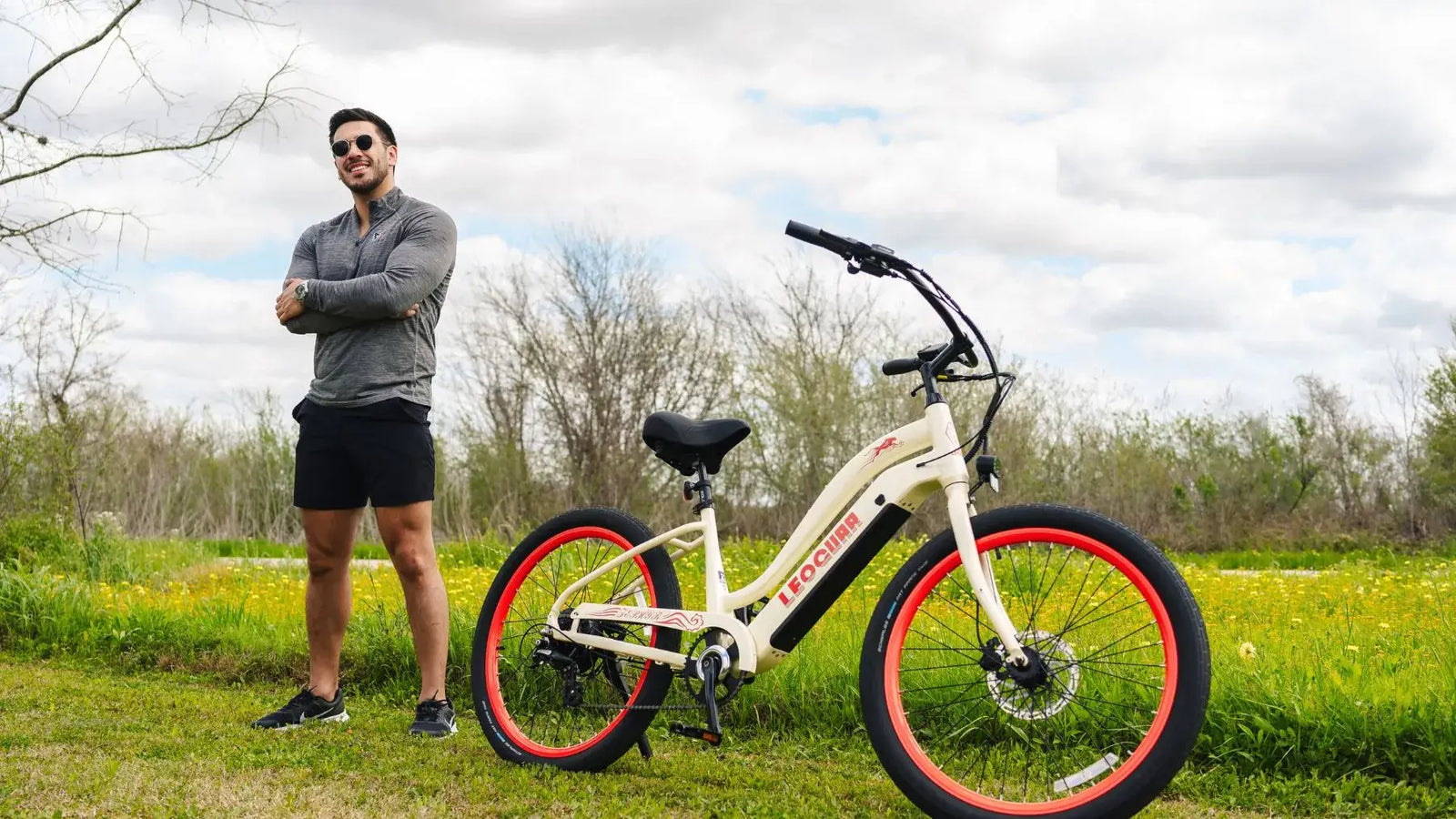
Say Goodbye to Saddle Pain: How to Choose the Perfect Electric Bike Seat
Saddle pain can ruin even the best electric bike ride. Whether you're cruising around the neighborhood or commuting every day, discomfort in the seat is a common complaint. But it doesn't have to be. By understanding a few key factors, you can find a saddle that fits your body and your ride style.
Understand the Source of Saddle Pain
Pain usually comes from poor weight distribution or pressure on soft tissue. If the saddle doesn’t support your sit bones, or if your posture doesn’t match the seat design, discomfort follows.
Key Elements to Focus On
Prioritize Sit Bone Fit
The most crucial step is ensuring the saddle supports your sit bones—the two points on your pelvis that are meant to bear your weight. You can measure this at home using cardboard or foam, then add about 20mm to determine your ideal saddle width.
Consider Your Riding Posture
Posture affects where pressure builds:
-
Upright riders (leisure or city cyclists) need wider, softer saddles.
-
Moderate leans (commuters) benefit from medium-width ergonomic seats.
-
Aggressive leans (sporty or off-road riders) require narrow, performance saddles.
Match Your Cycling Purpose
Your type of ride should shape your saddle choice:
-
Short trips = soft, cushioned seats.
-
Daily commuting = ergonomic saddles with medium padding.
-
Sport or off-road = narrow, firm saddles designed for freedom of movement.

Explore Seat Material and Design Options
| Material | Best For | Notes |
| Foam | Casual rides | Plush but may compress over time |
| Gel | Leisure comfort | Molds well but less ideal for long distances |
| Leather | Enthusiasts | Durable and breathable, needs care |
| Synthetic | Daily riders | Light, water-resistant, varies in comfort |
Designs with pressure relief channels or center cut-outs reduce discomfort during longer rides.
Fine-Tune Your Setup
Adjust Saddle Angle
Start with your seat perfectly level. Then test small changes:
-
Tilt slightly downward (1-2 degrees) if there’s soft tissue pressure.
-
Avoid tilting upward which can create numbness or pain.
Saddle Height and Position
-
Too high = hip rocking and discomfort.
-
Too low = knee pain and poor pedaling.
-
The seat should allow a slight bend in your knee at the bottom of the pedal stroke.
Professional Fit: When and Why It Helps
If you’ve tried different saddles but still feel pain, it might be time for a professional fit. Bike fitters measure your body dimensions, analyze your riding style, and adjust the seat height, tilt, and position with precision.
A professional fit isn’t just for elite cyclists. It can help anyone ride longer and feel better.
Mistakes to Avoid
Don’t Judge by Looks: Picking a saddle just because it looks good might mean sacrificing function for style. Choose comfort and fit over flashy designs.
Know Your Sit Bones: Ignoring your sit bone width often results in pressure where it shouldn’t be. Measure first, then shop.
Skip the Thick Seat Covers: Using thick seat covers that hide problems instead of solving them can actually make discomfort worse. Fix the root issue, not the symptoms.
Set It Up Right: Skipping setup adjustments (angle, height, fore-aft) can lead to long-term pain. Fine-tuning makes a big difference.
Pain Isn’t Normal: Assuming pain is normal—it’s not. If you’re consistently uncomfortable, something needs to change.



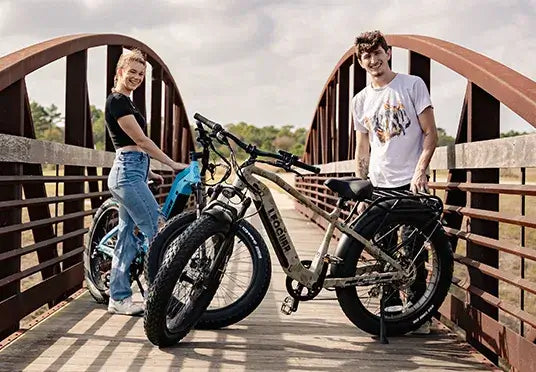
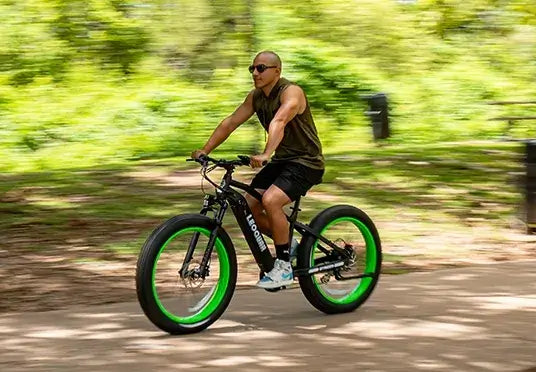
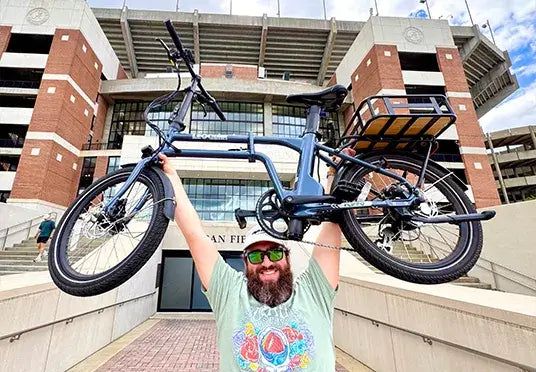
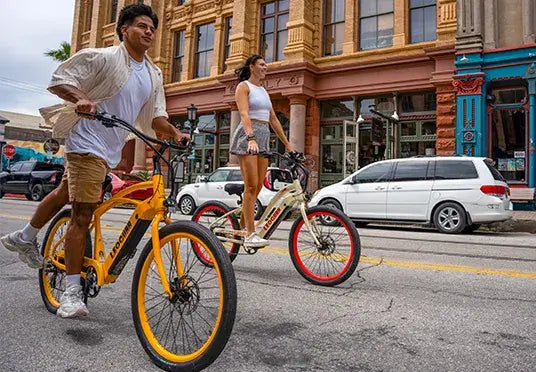
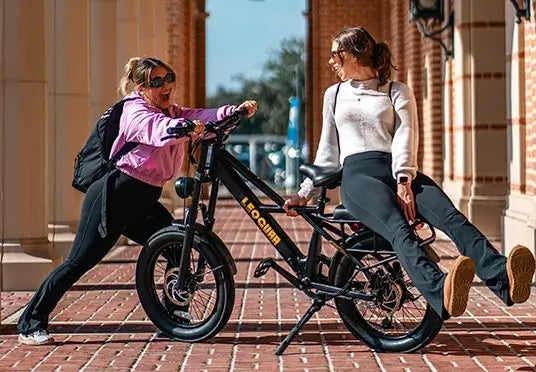
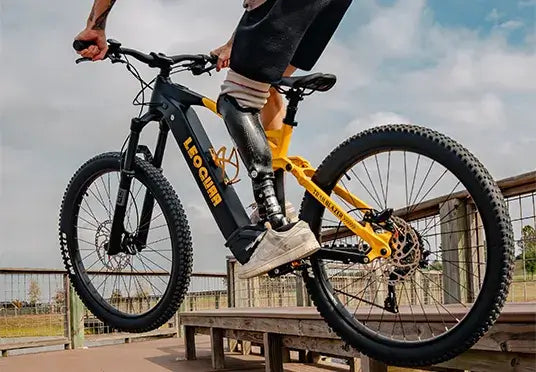
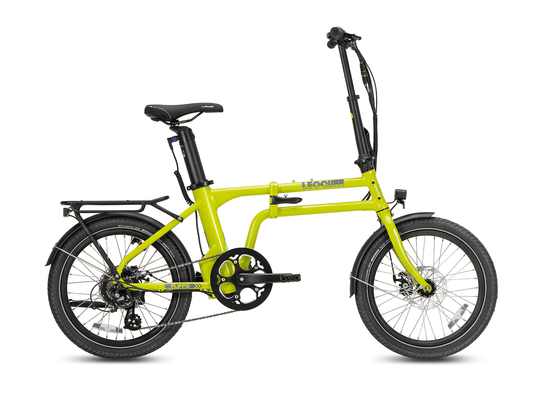
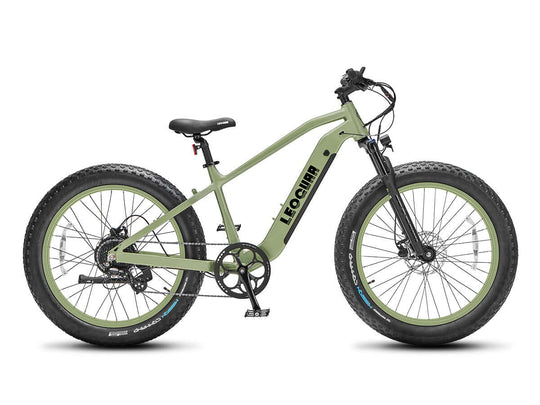
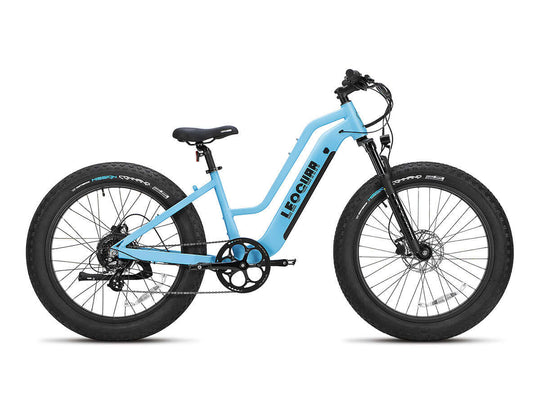
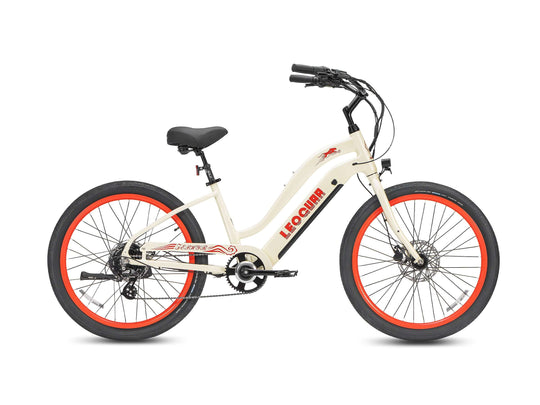
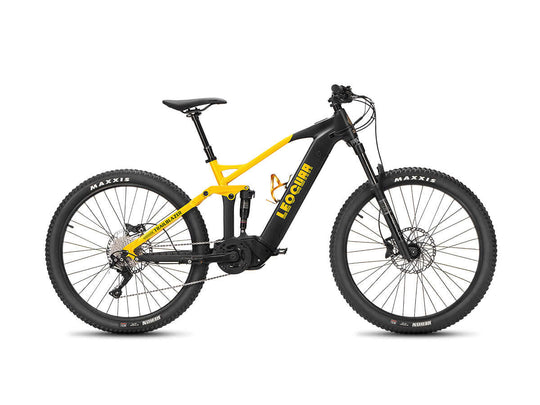
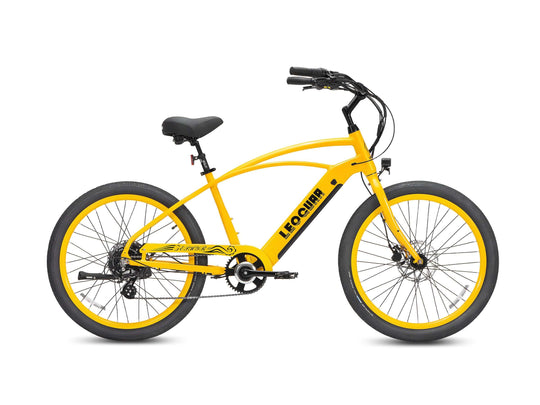
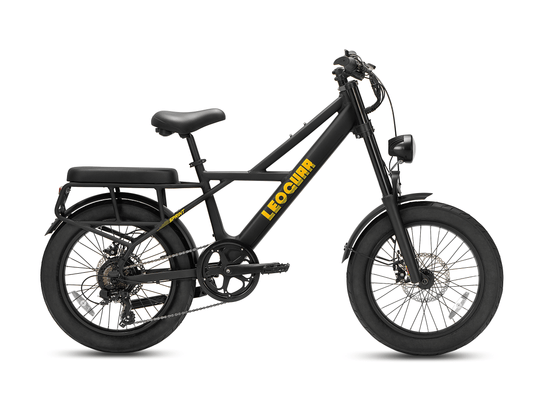
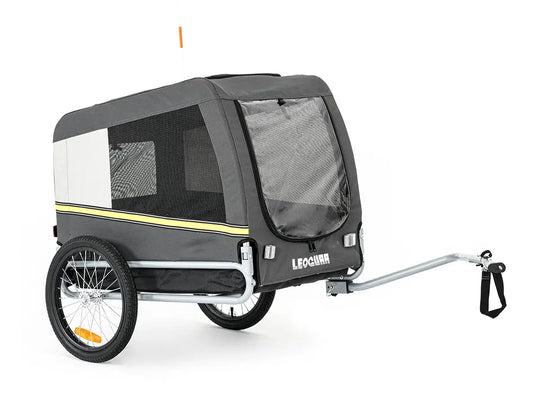
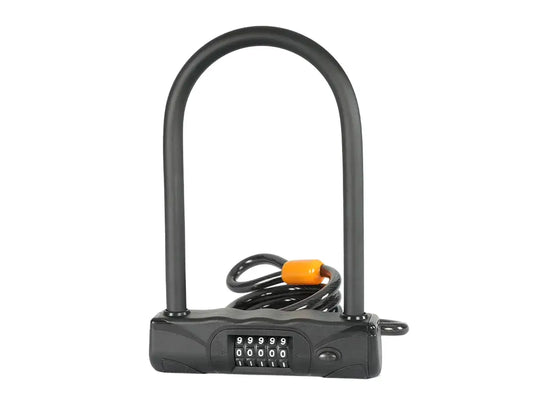
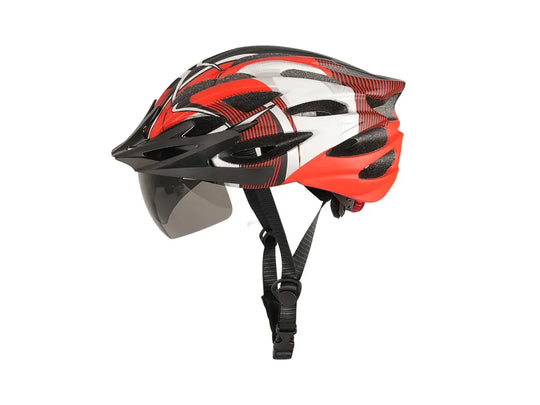
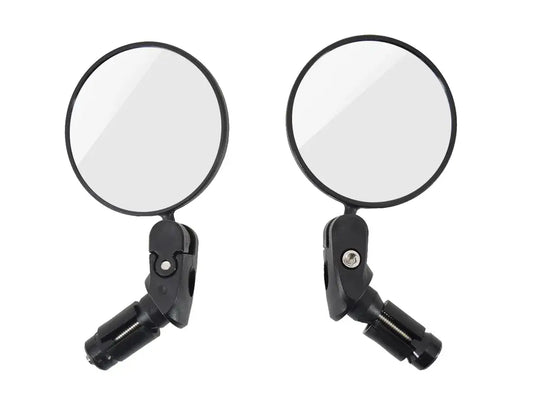
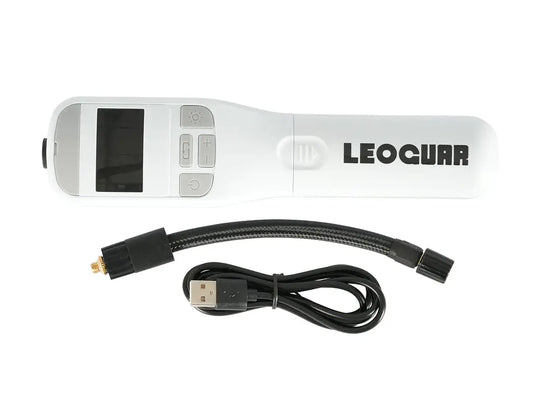
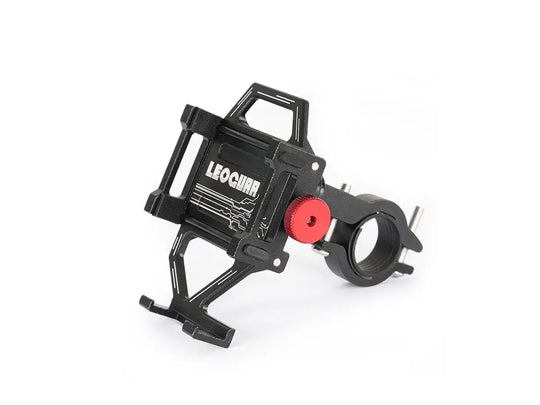

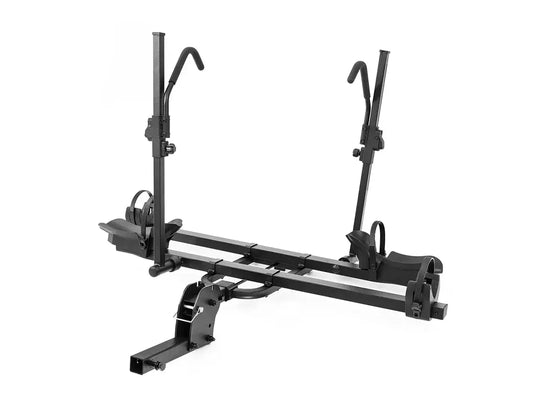
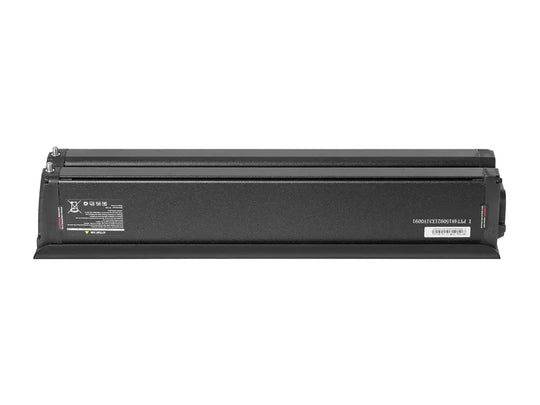
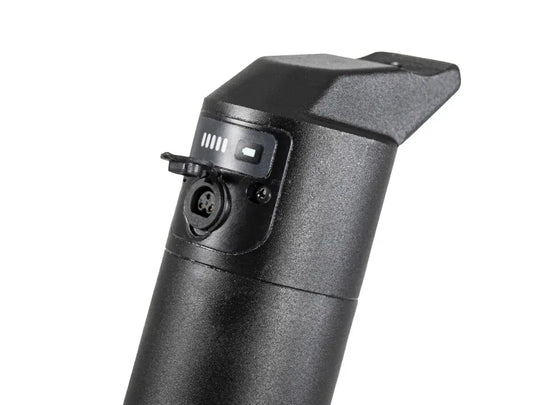
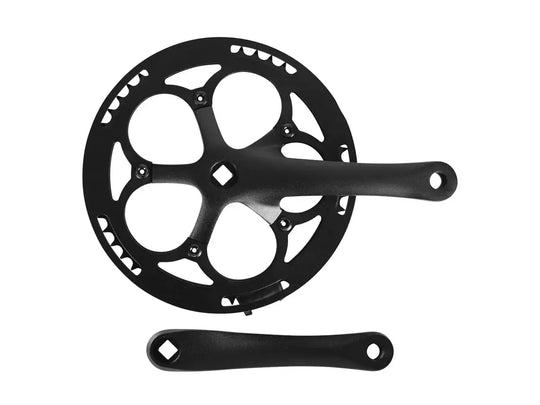
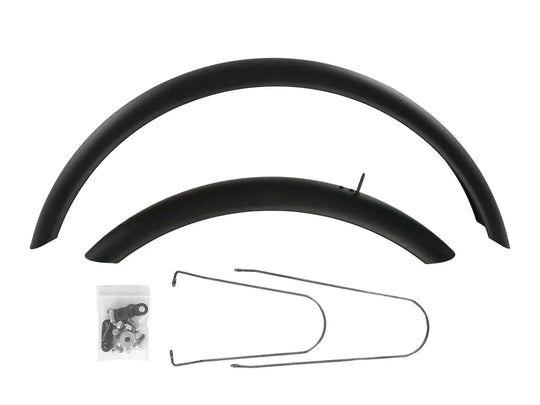
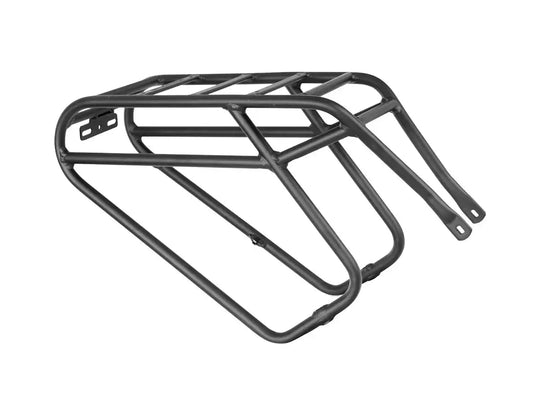
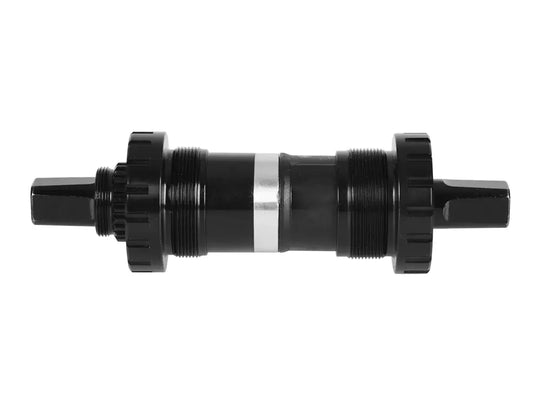
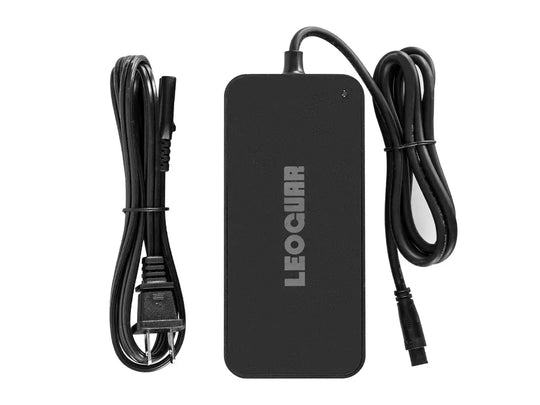
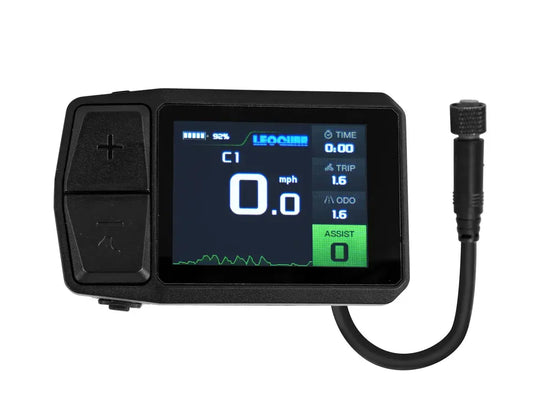
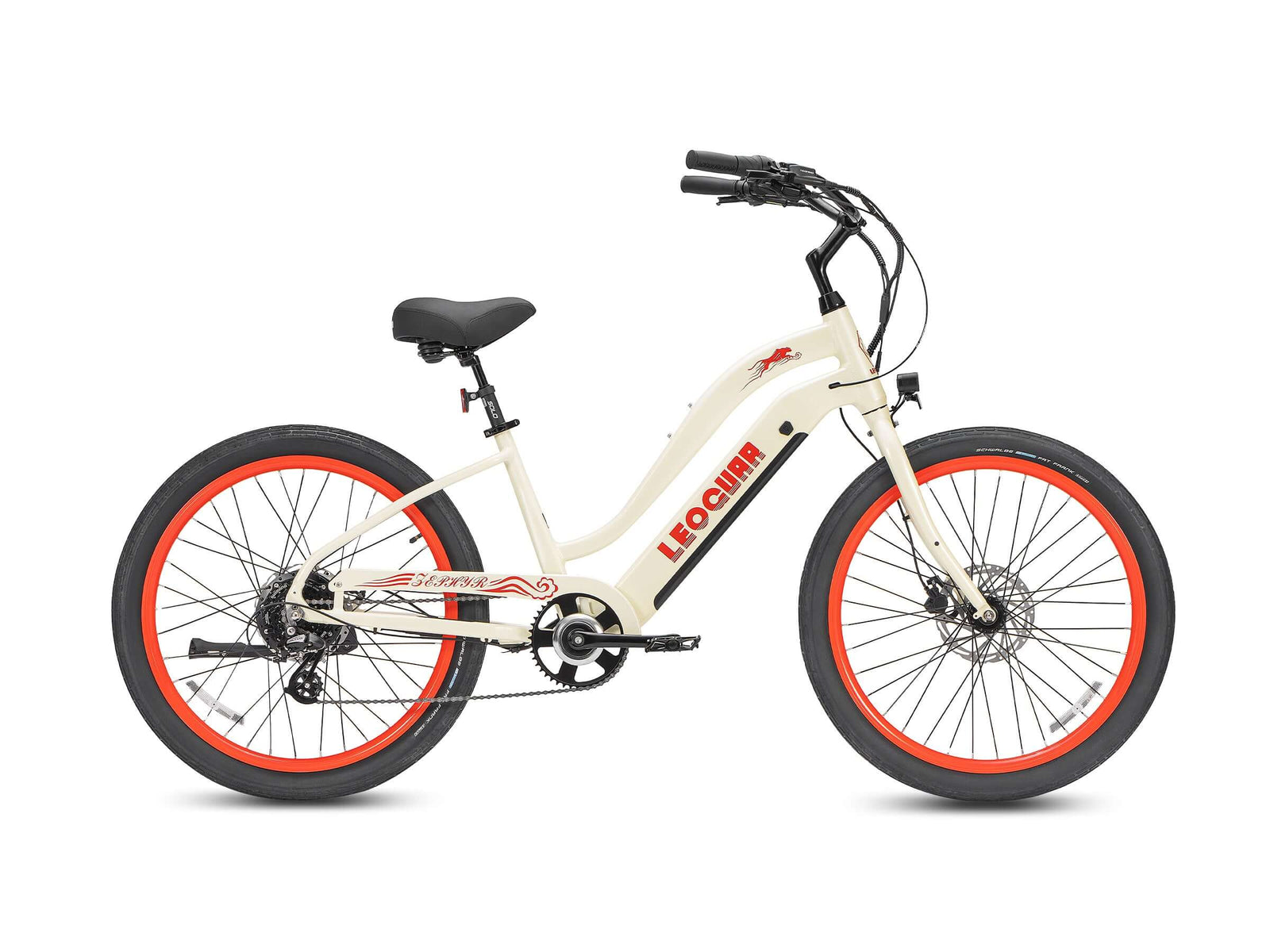







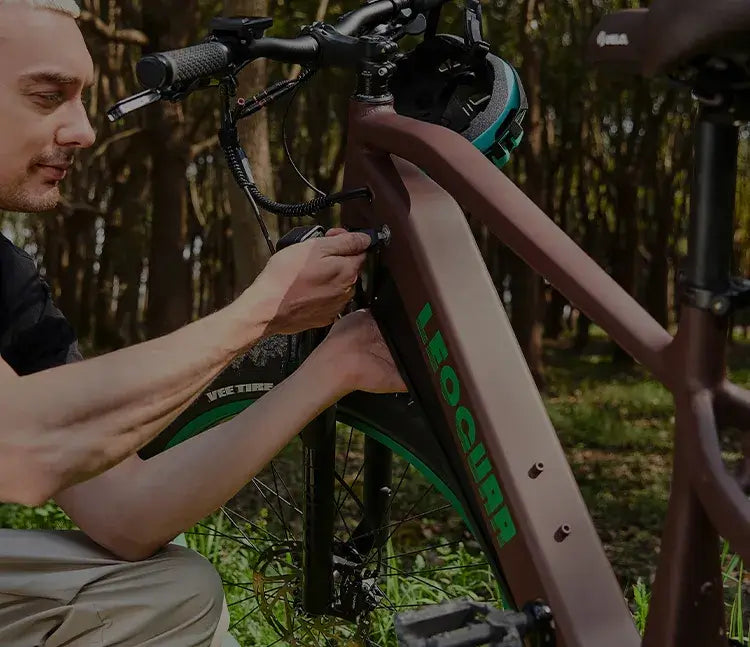
Leave a comment